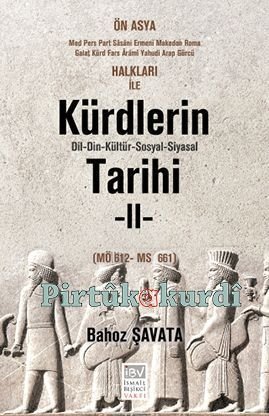
History of Kurds 2
The Asian ancestors of the Kurds are Med, Persian, Parthian, Sogdian, etc. with Eastern Aryan culture. The homeland of the communities is in the northeast of Khorasan, Iran, Khwarezm, Bactira and Sogdia etc. is seen as. The first settlement areas of these Eastern Aryan tribes in the west, after 23 centuries BC, were Elbrus and the Zagros Mountains on the Iranian plateau. Their appearance further west is understood by the presence of the same cultured Mitanni tribes in the Upper Euphrates and Tigris basins, where they migrated to Cappadocia and Cilicia.
After the 9th century BC, Eastern Aryan communities in Iran were settled in Upper Mesopotamia as slaves in the military campaigns of the powerful slave-owning Assyrian and Urartu states of the region. These communities merged with the Mitanni remnant and local Caucasian cultured Hurrian noble communities, who were probably their kinsmen, in the Zagros and the Upper Euphrates, Tigris and Masala river basins. They created the Kurdish nation in this geography. The lands where Kurds lived became known as "Media" after Alexander the Great. Kurds developed as a political power in the Media lands where the " Adiabene , Karduk and Atrapone Media" states were dominated by Rome, which turned to Asia Minor after the 1st century BC and supported them as a buffer state against the powerful Parthian State of the region. However, the Roman-Parthian and Byzantine-Sasanian period was a period in which Media, the country of the Kurds, experienced intense sharing wars.
The adoption of Christianity by the people of the region, the Arameans, Armenians and Greeks, and the religious polarizations that developed among the peoples of Media in the 330s AD clarified the existing ethnic structures. In this turmoil, the Islamic Armies, which represent the Islamic religion developing in Arabia, took the Media under control. Zoroastrianism etc. Kurds, who were forced to abandon their religion and embrace Islam, were left alone with the disadvantages of the internal and terrestrial geography of their country Media after 650 AD.
| Publisher | : | İsmail Beşikçi Foundation Publications |


